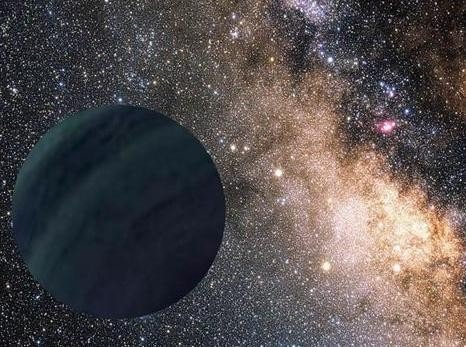BUCKINGHAM, England, May 10 (UPI) -- Life-bearing planets may exist in vast numbers in the space between stars in our Milky Way galaxy, a British researcher says.
Chandra Wickramasinghe, director of the Buckingham Center for Astrobiology at the University of Buckingham, led an international team of researchers who argue a few hundred thousand billion free-floating Earth-sized planets may exist in the space between stars.















